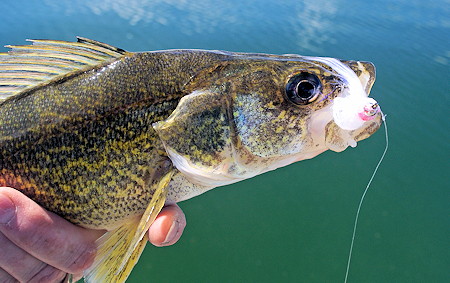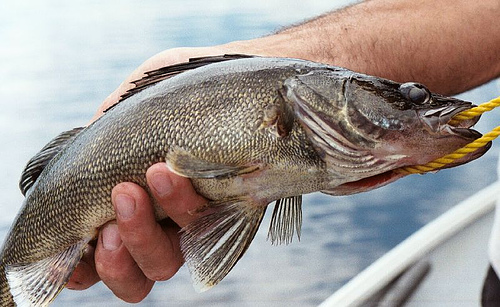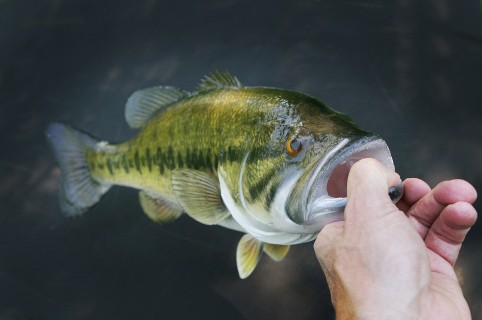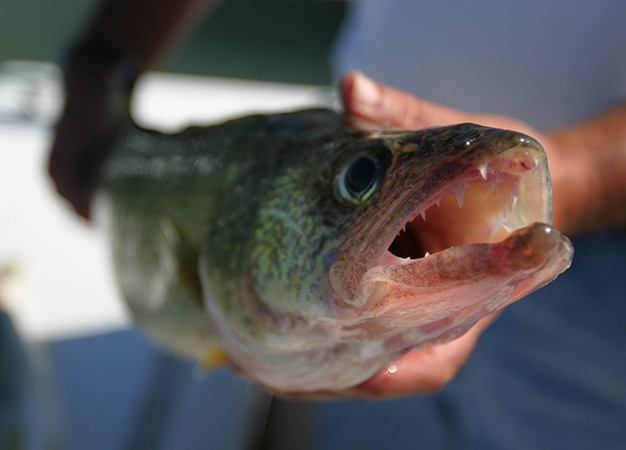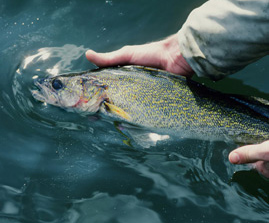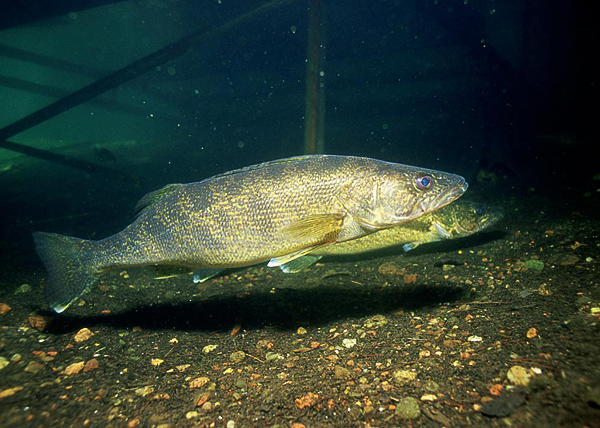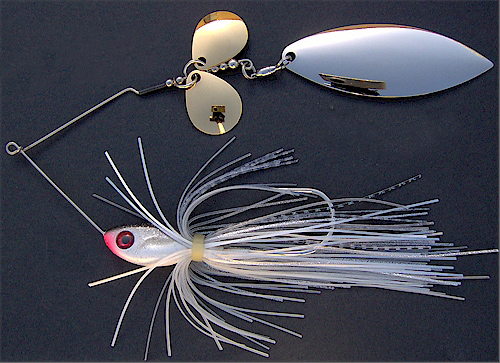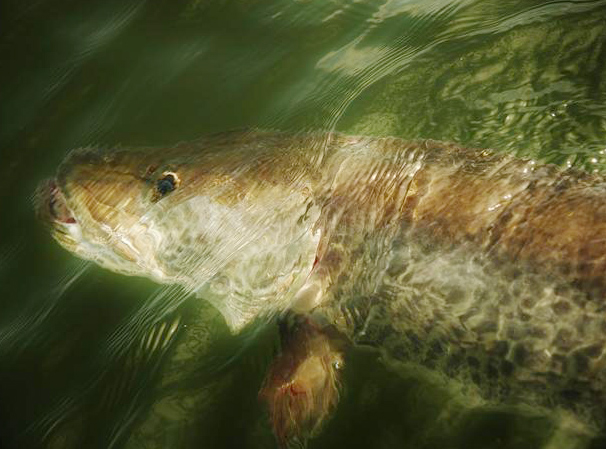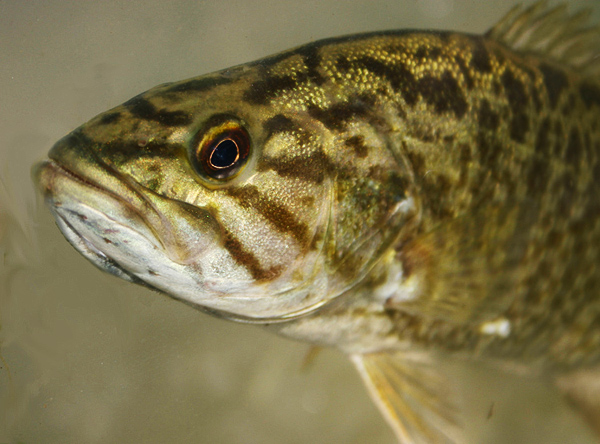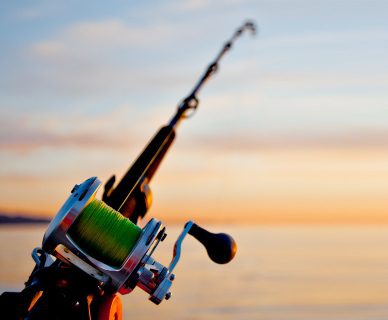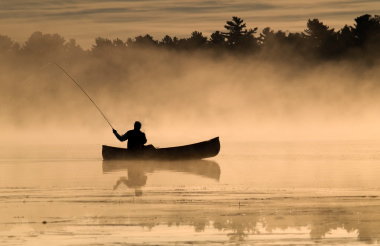 It was late August of last year when we pulled our canoe into a secluded bay a couple miles southeast of Perrault Falls. The weeds were standing tall under the surface and it looked like the perfect location to find some late summer pike.
It was late August of last year when we pulled our canoe into a secluded bay a couple miles southeast of Perrault Falls. The weeds were standing tall under the surface and it looked like the perfect location to find some late summer pike.
Above the weeds we could see small baby Pike stirring up the surface as they fed on small insects and other prey. We pulled the canoe within 30 feet of the action and contemplated how we were going to approach the fish.
We were looking for big pike – trophy pike that have been made famous in this beautiful region of Ontario. The evening was warm and there wasn’t a breath of wind. It was like the setting of a postcard. We decided to try to tackle the pike by throwing floating lures perfect for float fishing over the weed-bed to see if we could get a trophy pike to attack.
I don’t know if you have ever caught pike this way, but it is an absolute rush. The fish will literally come right out of the water as it tries to strike your lure. When they miss it is spectacular, but when they hit – it is the most fun you will ever have catching pike. If pike leave the water to attack prey it is a sign that they are very aggressive. Hang onto your hat because a fight will ensue! The process is fairly straight forward: Cast a floating lure above standing weeds or other underwater structure such as sunken logs. Let the lure remain motionless for up to five seconds before you begin your retrieval. But be ready. Often the lure landing in the water from your cast is enough to solicit a strike.
The trick is to imitate a wounded baitfish on the surface. This means you shouldn’t retrieve your lure in a steady fashion, but rather “twitch” the lure toward you and reel in the slack you create. Allow the lure to break the surface and “splash” as you pull it toward you. This not only imitates a hurt fish, but the presentation allows your floating lure to remain on or near the surface. Pause for a couple of seconds when it breaks the water on your retrieval. This will give the fish an easy target.
Vary your retrieval and the strength of your “twitches” if you don’t have success early on. You need to determine what the fish are looking for and sometimes one method will out-perform another.
Fishing on the surface with a floating lure is perfect from a canoe. The key is to keep your distance – and above all keep quiet. Pike can be in as little as 2 feet of water and are easily spooked if you pull up with even the smallest of motors.
I like to use a 3” floating plug, such as a Rapala. Red and white lures have worked well for me in the past, but blue and white have been nearly as effective. If you are having trouble soliciting a strike, play with your colors a bit and consider changing to a slightly smaller lure.
When fishing for pike around structure I like to use 10 pound test. I won’t use anything lighter than 8. If the pike is a fighter they will dive for cover and your line needs to be able to withstand rubbing against sunken trees and logs.
If you see fish surfacing, they are usually feeding. This activity can stir up activity for all fish in the area, pike included. Keep your distance (up to 25 feet) and cast into the middle of the action. You may end up having the time of your life!
This method will work in any location where there are northern pike. I absolutely love fishing in the Particia Region. The ruggedness of the area and varying terrain give me a different adventure every time.
This night last August we caught 9 northern pike in just over an hour. The biggest was 14 pounds and we didn’t catch one under 5. By the way, a fish never left the water and we let them all go.
I hope to make their acquaintance again next spring.
This article was written by guest author Craig Fiske of Freshwater Fishing Canada. For more ideas about fishing in Canada, you can visit Craig at his website.



